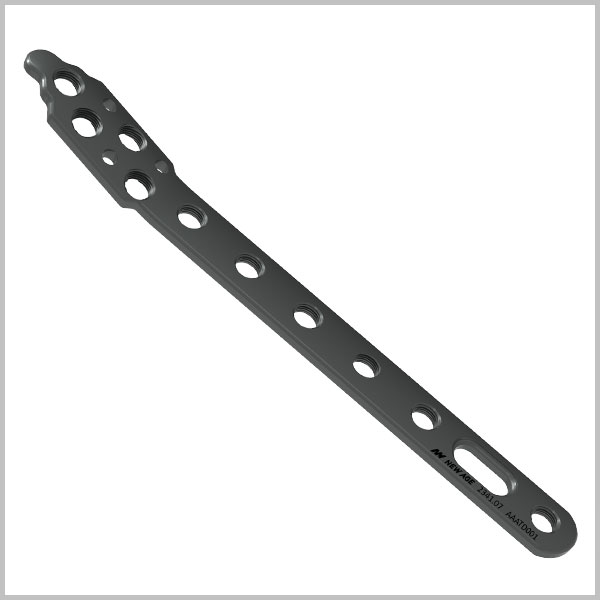

11 Furthermore, only Green et al 11 commenced treatment in the acute stage ( 1 (Prob(|estimator|) >1-Prob, was also computed (note that this is unilateral and so does not necessarily have to coincide with the credibility interval in all cases). 11 Treatment effects were only compared with sham, 12 control, 8, 9, 12, 13 or a protocol involving rest, ice, compression, and elevation. 13 However, only short-term effects were studied, that is, immediately after the intervention, 8, 9, 12 at 24 hours, 13 and at 2 weeks. 5, 8–10 Five studies have investigated the effectiveness of this mobilization, reporting improvements in pain, 11 range of movement (ROM), 8, 9, 11, 12 pressure pain threshold (PPT), 12 and function. The use of an anteroposterior mobilization of the talus (MOB) is advocated by many authors. 6, 7 Furthermore, it is unknown if one type of mobilization may be more effective than others. 2ĭespite limited evidence to support the use of mobilizations for the treatment of LAS and it being only for the short-term effect, 3–5 guidelines recommend the use of passive mobilization for treatment of acute LAS. 2 Symptoms often persist, and up to 45% of soccer players who have sustained an LAS report persistent symptoms including stiffness, pain, swelling, and instability. exposures, 1 representing 17% of all injuries sustained in soccer.

The incidence of lateral ankle sprain (LAS) in soccer has been reported as 1.
#Distal fibula manual#
Indications are loss of joint congruency (i.e.Ankle Sprain, FAAM, Manual Therapy, Treatment Introduction.Stable, non-displaced, isolated uni-malleolar fracture (without opposing ligament injury), can be splinted in short leg splint or boot (with ankle at 90 degrees) with early weight bearing as tolerated ( Phillips 1985), Mehta 2014).Many Type B fractures require operative management (but not all) and type C fractures tend to all require operative management. Type A fractures are almost always non operative. Generally, one can use Danis Weber classification to distinguish non-operative vs operative management.Obtaining anatomic alignment critical to avoid downstream arthritic changes (even in those requiring operative fixation).Ankle fractures with concomitant dislocation need to be emergently reduced.Open fractures or fractures with neurovascular compromise require immediate orthopedic consultation and treatment.Medial maleolus and/or deltoid ligament injury present.Type C (equivalent to Lauge-Hansen PER).The distal tibiofibular joint is widened indicating a syndesmotic injury.Distal extent at the level of the talar dome.Type B (equivalent to Lauge-Hansen SER).

Usually stable if the medial malleolus is intact.The medial malleolus is often fractured.The tibiofibular syndesmosis and the deltoid ligament are intact.Danis-Weber (based on location of fibular fracture).Stage 3: Transverse comminuted fracture of the fibula above the level of the syndesmosis.Stage 1: Transverse fracture of medial malleolus or tear of deltoid ligament.Pronation-abduction (PA): Stage 4: PITFL tear or avulsion of posterior malleolus.Stage 3: High spiral fracture of lateral malleolus above level of mortise.

Stage 1: Transverse fracture of the medial malleolus or tear of the deltoid ligament.Pronation-external rotation (PER): ~20% of ankle fractures.Stage 4: Transverse fracture of medial malleolus or tear of deltoid ligament (trimalleolar fracture).Stage 3: Tear of the posterior-inferior tibiofibular ligament (PITFL) or avulsion of posterior malleolus.Stage 2:Spiral fracture of the lateral malleolus at and above level of mortise.Stage 1: tear of anterior-inferior tibiofibular ligament (AITFL) or avulsion of anterior tibia.Supination-external rotation (SER): ~60% of ankle fractures.Stage 2: Oblique fracture of medial malleolus.Stage 1: Transverse fracture of lateral malleolus below the level of the mortise or lateral ligament tear.Supination-Adduction (SA): (~20% ankle fractures).


 0 kommentar(er)
0 kommentar(er)
